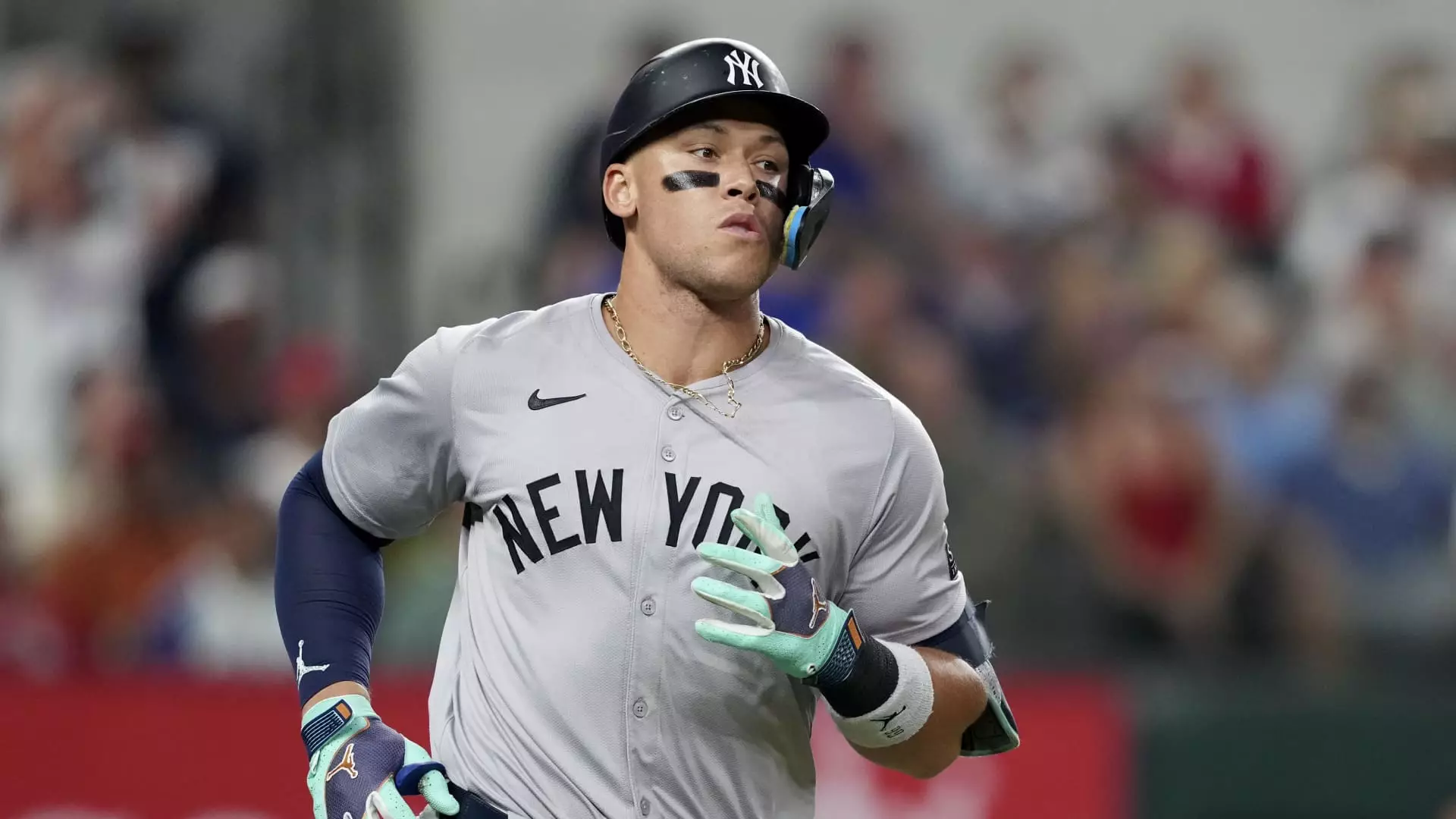Major League Baseball’s postseason has indeed reclaimed a vital niche within the sports landscape, as evidenced by recent viewership figures that highlight both the league’s evolving appeal and the impact of strategic adjustments. This year, the MLB postseason is not merely competing for attention but is actively captivating millions, indicating a potential turning point for a league that has faced scrutiny over its cultural relevance in recent times.
The recent National League Championship Series (NLCS) game between the New York Mets and the Los Angeles Dodgers achieved an impressive average of 8.26 million viewers, marking the highest viewership for an LCS game since 2009. This significant milestone suggests that MLB is progressively drawing back audiences who may have strayed over the years. Similarly, the American League Championship Series (ALCS) opener, which featured the New York Yankees and the Cleveland Guardians, recorded 3.9 million viewers—evidence of a 4% increase from the previous year.
Both championship series coincided with high-profile NFL games in their respective time slots, yet they managed to attract viewers amidst the competition. This speaks volumes about the renewed interest in baseball at a time when it could easily be overshadowed by football’s prominence during the fall season.
The recent successes aren’t merely serendipitous; they build upon the solid foundations established during the league division series. Notably, the American League Division Series averaged an impressive 3 million viewers, reflecting over a 20% increase from the previous year. The National League also experienced a positive trend, with viewership for game four of each division series climbing from 2022. These statistics demonstrate that MLB is managing to rekindle interest not just in isolated events, but across the board.
With consistent increases, the MLB appears adept at finding its footing in a changing media landscape, addressing concerns about waning interest among younger demographics. Today’s sports fans often gravitate toward shorter formats that accommodate a preference for succinct, high-energy experiences—something traditional baseball had to adapt to.
To invigorate the game, the MLB has introduced several rule changes aimed at increasing action during matches. Innovations like the pitch clock and larger bases are designed to keep the pace of the game dynamic, reducing downtime and therefore aligning more closely with the preferences of younger viewers. These rule adaptations have reportedly led to an increase in fan engagement and attendance, confirming that the league is indeed listening to its audience.
Moreover, the presence of generational stars such as Shohei Ohtani and Aaron Judge, who play for the Dodgers and Yankees, respectively, creates a sense of excitement and anticipation for potential matchups. Their star power adds an extra layer of allure and can be credited with drawing attention both domestically and internationally, which is crucial as MLB navigates its brand identity in a globalized sports environment.
Despite this encouraging upswing, it is important not to disregard the challenges MLB faces in reinvigorating its brand. Past seasons have seen alarming declines in viewership, particularly during the World Series, where teams perceived as lacking national appeal fell short in attracting audiences. The previous year’s World Series struggled with ratings, as the matchup between the Texas Rangers and Arizona Diamondbacks highlighted fluctuating viewer interest.
However, there is reason for optimism. The ongoing postseason signifies a robust narrative filled with teams overcoming adversities—such as the Mets’ inspiring turnaround or the Guardians’ late-season surge. These stories resonate on a human level, making the journey appealing beyond mere statistics and viewership numbers.
As the MLB navigates the complexities of viewer engagement and cultural significance, the recent surge in postseason viewership is a promising sign. With innovative rule changes, the emergence of captivating players, and a commitment to enticing narratives, baseball is poised to redefine its role in the broader sports conversation. Whether the league can sustain this momentum remains a pivotal question, yet for now, fans are being drawn back into the stands—and onto their screens—reigniting a passion for America’s pastime.

